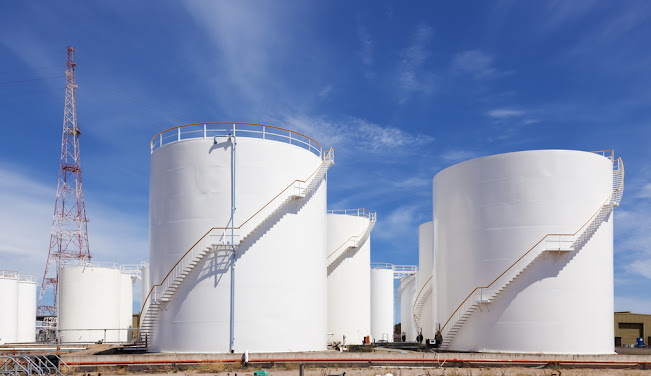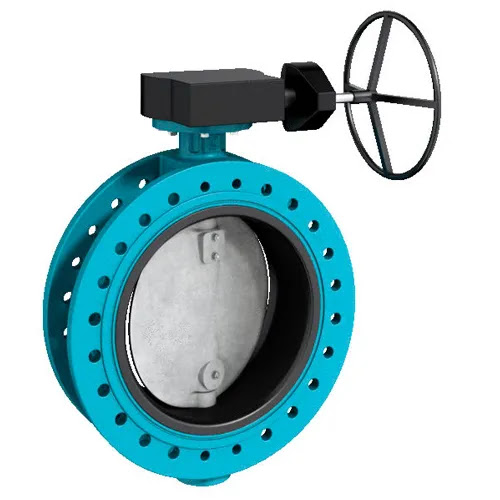1. Specifications / Design basis
2. Project design data including future requirement
3. Site plan and plot plan
4. Process Flow diagrams. / P&IDs, UFDs
5. Fireproofing Requirement.
6. Structural Consideration.
7. Grading information, if not available in the plot plan.
The following details need to be considered:
1. Main pipe runs outside the unit.
2. Location of utility and process lines entering and leaving unit B/L.
3. Required location of cooling water main, whether below or above grade
4. Location of storage tanks relative to process units.
5. Safe distances between units, tanks, storages, loading and any other facilities with respect to pipe rack.
6. Location of the entrance and exit of process and utility lines, w.r.t. the unit limits.
7. Variations in the site grade levels.
8. Maximum and minimum size of pipe line that can be run on the pipe rack.
9. Spacing between two pipes.
10. H.T cable routing above ground or rack or U/G.
Site Plan/Overall Plan
Site plan is the overall layout of the entire project. Site plan shows the locations of various units e.g. tank farm, flare area, utility area, loading/unloading area, various process units and pipe rack. For existing pipe rack major loop dimensions and additional structure provided to support it are also needed to review for new facilities / Pipe ways proposed next to it. In this document, the rack layout is developed by making various alternatives and in discussion with client and process licensor.
Plot Plan
This is a layout of a unit. The plot plan locates major technological structures including racks, buildings and all equipment. This will give the location of ISBL pipe rack. The location of this rack at B/L is crucial for connecting to OSBL pipe rack. The OSBL pipe rack overall layout is normally shown in the right plan drawing.
Process Flow Diagrams /P&IDs/UFDs
1. Process flow diagrams show the essential lines that connect process equipment. They provide insight to operating temperatures and identify the need for insulation.
2. Piping and Instrument diagrams indicate the complete flow systems necessary for plant operation, and include pipe sizes, valves, manifolds, and all piping and instrumentation details.
3. Utility distribution diagrams show the number and size of water, steam, condensate, gas, air, etc. headers and all equipment supplied by these headers, with necessary valves and piping connections in sequence to reflect site conditions. The utility mains generally run the whole length of the rack. These lines should be taken into account when estimating space requirements. This document is helpful during initial design of pipe rack.
There are various options available for construction material of pipe rack like
i) Steel Structure
ii) Precast concrete bents
iii) In-situ concrete
The decision between various options is to be taken by Civil, with Piping in loop, and is to be approved by client. Further development of rack layout is significantly affected by the option that has been selected for a project. Since the concrete pipe racks require structural members of larger size, hence, the spacing/ elevation requirements may have to be increased. Generally, in grassroot plants, concrete rack is preferred and in revamp jobs, steel may happen to be more construction friendly.
Rack layout
Rack layout shows the route of rack throughout the plant, elevation at different locations, spacing between the bents, width of rack, rack column i.e grid nos location and bridge location across the roads. Interconnection diagram along with the site plan (overall plan) is essential for development of rack layout.
Load data to Civil:
This falls under two condition:
a) Project schedule allows for general development of design where P&ID at IFD stage are available prior to load being furnished to Civil. In this case the loads shall be made available based on actual requirements.
b) If project schedule does not allow, but similar project data is available then that can help in taking a decision on a standardized load data throughout, provided it is
acceptable to client. Client should be made aware that though standardization will help in schedule but may also lead to over design and same should be recorded.
While designing operating load, thermal / friction / guide loads, Anchor loads, wind loads,Seismic loads are taken into account.
- Sustain load
- Weight of piping valve with insulation
- Thermal load
- Load of thermal expansion of piping
- Dynamic load
- Load by vibration of piping, Wind, Earthquake
- Sustain load
- Liquid load by hydrostatic pressure test
Calculate the width of Pipe rack
w= (f X n X s) + A + B.
f : Safety Factor
- 1.5 if pipes are counted from PFD.
- 1.2 if pipes are counted from P&ID.
n = number of lines in the densest area up to size 450NB.
- 300 mm (Estimated average spacing)
- 225 mm (if lines are smaller than 250 NB)
A : Additional Width for
- Lines larger than 450 NB.
- For instrument cable tray
- For Electrical cable tray.
s : 300 mm (estimated average spacing)
225 mm (if lines are smaller than 250 NB)
B : future provision


















.jpg)







































.jpg)
Follow Us
“Science is about knowing, engineering is about doing.”